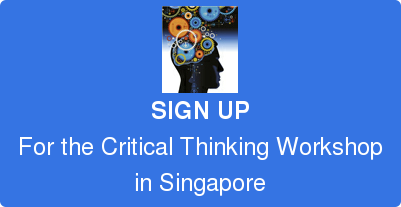What do you do if you need to make a decision and one of your most important stakeholders is on the other side of the world?

VIRTUAL COLLABORATION...
Global organizations find it increasingly difficult to deal with decisions and investigations effectively, especially if some of the stakeholders and information sources are not in the same location. How do you ensure you get the best information at all times, especially if your company is located over different time zones?
WHY DO YOU HAVE TO COLLABORATE?
Do you have to collaborate across time zones in the first place? YES, you do, because the most effective (root cause) analyses and solution finding answers are out there when you allow the appropriate stakeholders and the best-qualified information sources to contribute meaningfully. Many times you need to “think out of the box” to get the best answers. If you want to put fear into the hearts of IT Professionals, ask them to “think out of the box”. It is not that they cannot do it; it is because they are not used to doing it when dealing with IT problems and incidents. After all, most of them were schooled in an exclusively rational if not binary environment. They are also afforded few opportunities and given little guidance of how to do it effectively.
Our experience is when the Networks Department is experiencing a network issue, they get together to try and resolve it…huddled in their own silo. We can confidently say if the Networks Department cannot resolve their issue within two hours, chances are pretty good that the issue is caused by something outside their area of expertise.
SUGGESTED APPROACH
Get your company to subscribe to a well-proven problem solving methodology, using problem solving processes, tools and techniques effectively. Using a common approach and process towards problem solving will help individual stakeholders and information sources to participate and contribute while remote.
The stakeholders will know what is expected from them and will also understand the requirements of the thinking process at any given stage. Let’s take the example of having to find the technical cause of an incident. We are doing this exercise to eventually get to the root cause in our Problem Management department. The steps are:
- Identify the Incident Statement – All the information sources understand the technique of having “one object” with “one fault” to describe an incident. A problem solving facilitator would get this set up with the incident or process owner prior to the meeting, but any information source that has a better and more specific description would be able to contribute that to the team.
- Identify the Incident Detail – All the information sources know they will be looking at the five dimensions of a factor analysis of WHAT, WHO, WHERE, WHEN and UNIQUENESS and would be able to contribute effectively. Particular responsibilities would be identified to specific information sources that are tasked to provide the most accurate information relative to the questions they are responsible for. All of this factual information could then be summarized by the facilitator and fed back to the information sources asking them to generate possible causes based on the information already collected.
- Generate Possible Causes – Everyone is allowed to suggest causes as long as it is a causal statement that would explain how the fault could have occurred. These are recorded for all to see and would be used during the testing phase.
- Testing and Verifying Technical Cause – All the participants in this exercise would know how to use the common template and the technique of how to ask the “test question”. They could therefore contribute individually and be managed collectively by the facilitator to arrive at the most probable cause that would then be verified through replication exercises to eventually establish the technical and root causes.
SUMMARY
By using common tools and techniques, the information sources at various remote locations would be able to contribute effectively. This is all based on the assumption that you have the time to perform such an analysis. If you are in a crisis situation, you might have to resort to a common time zone to videoconference, using a facilitator to then work through the investigation process in real time. This will allow the facilitator to use the common process, tools and techniques in working through the investigation quicker and more effectively.
When set-up correctly, we do not have a problem getting the SME’s to be vocal and prolific in contributing theories remotely. The key is to get them to be “creative” in this way, then to allow them enough time to test these theories against their collective logic, in order for them to arrive at an answer that has eluded them up to this point. You can imagine the pride and excitement when they arrive at new highly probable causes to be verified.




